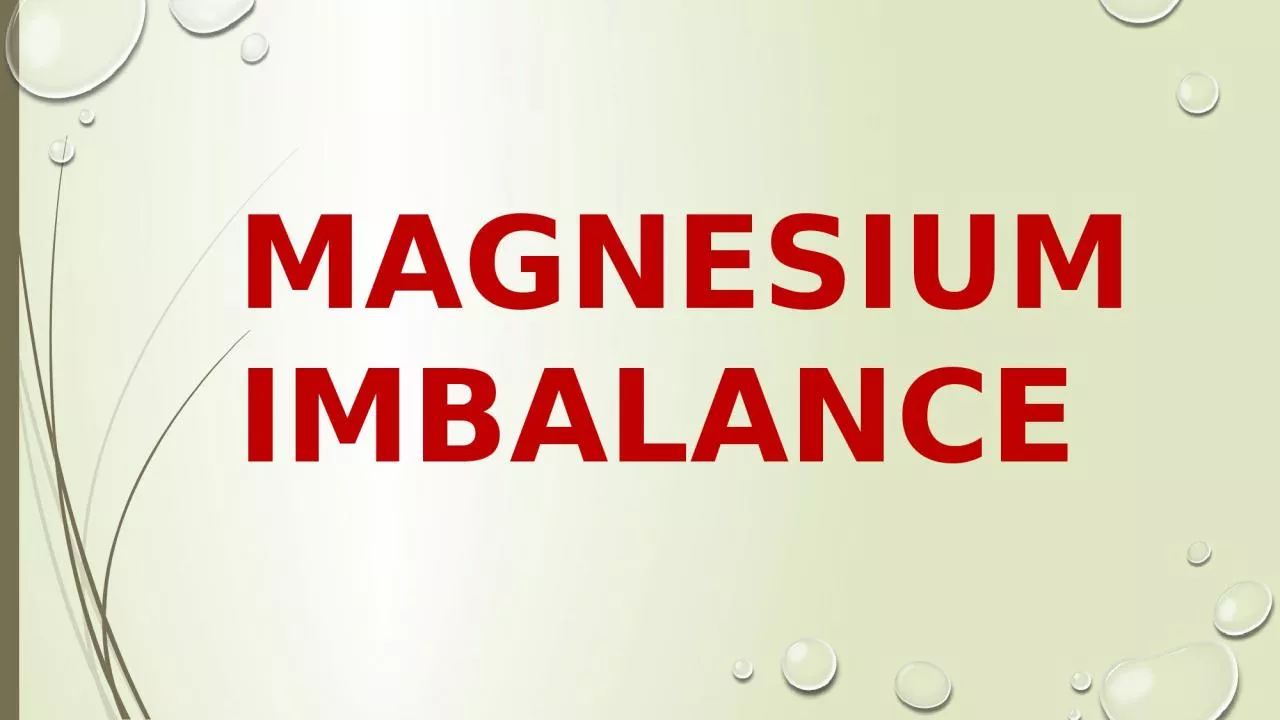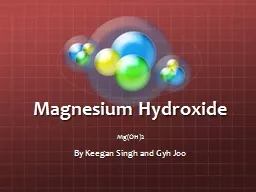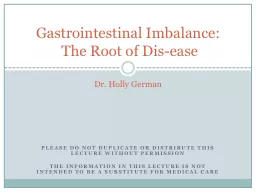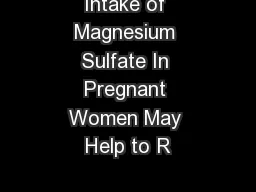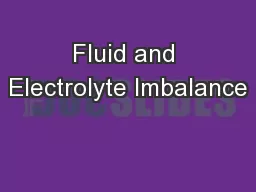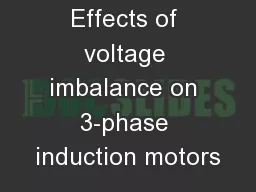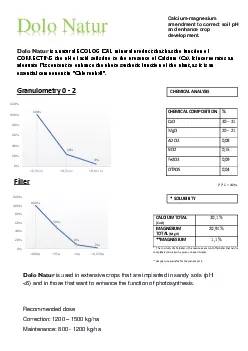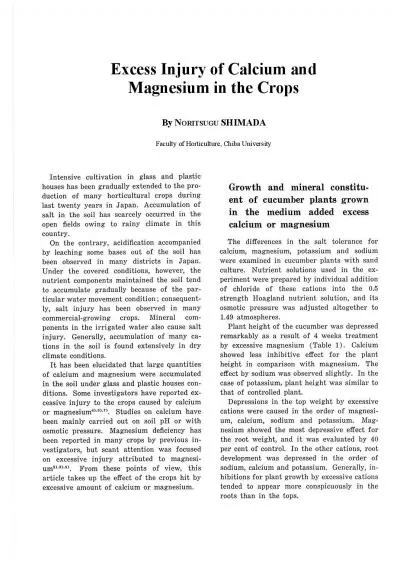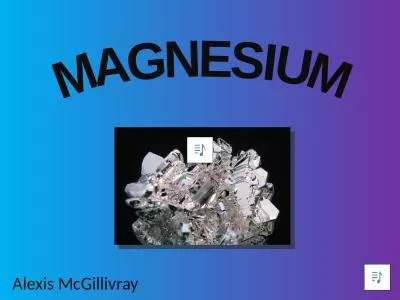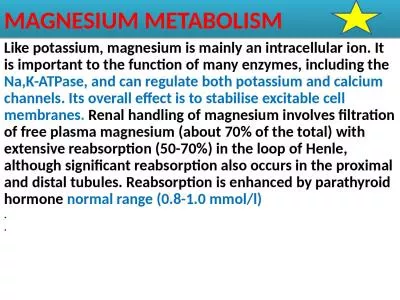PPT-MAGNESIUM IMBALANCE DEFINITION
Author : victoria | Published Date : 2022-06-11
Hypermagnesemia is an electrolyte disorder in which there is a high level of magnesium in the blood Hypermagnesemia is a serum magnesium concentration gt 26 mgdL
Presentation Embed Code
Download Presentation
Download Presentation The PPT/PDF document "MAGNESIUM IMBALANCE DEFINITION" is the property of its rightful owner. Permission is granted to download and print the materials on this website for personal, non-commercial use only, and to display it on your personal computer provided you do not modify the materials and that you retain all copyright notices contained in the materials. By downloading content from our website, you accept the terms of this agreement.
MAGNESIUM IMBALANCE DEFINITION: Transcript
Download Rules Of Document
"MAGNESIUM IMBALANCE DEFINITION"The content belongs to its owner. You may download and print it for personal use, without modification, and keep all copyright notices. By downloading, you agree to these terms.
Related Documents

